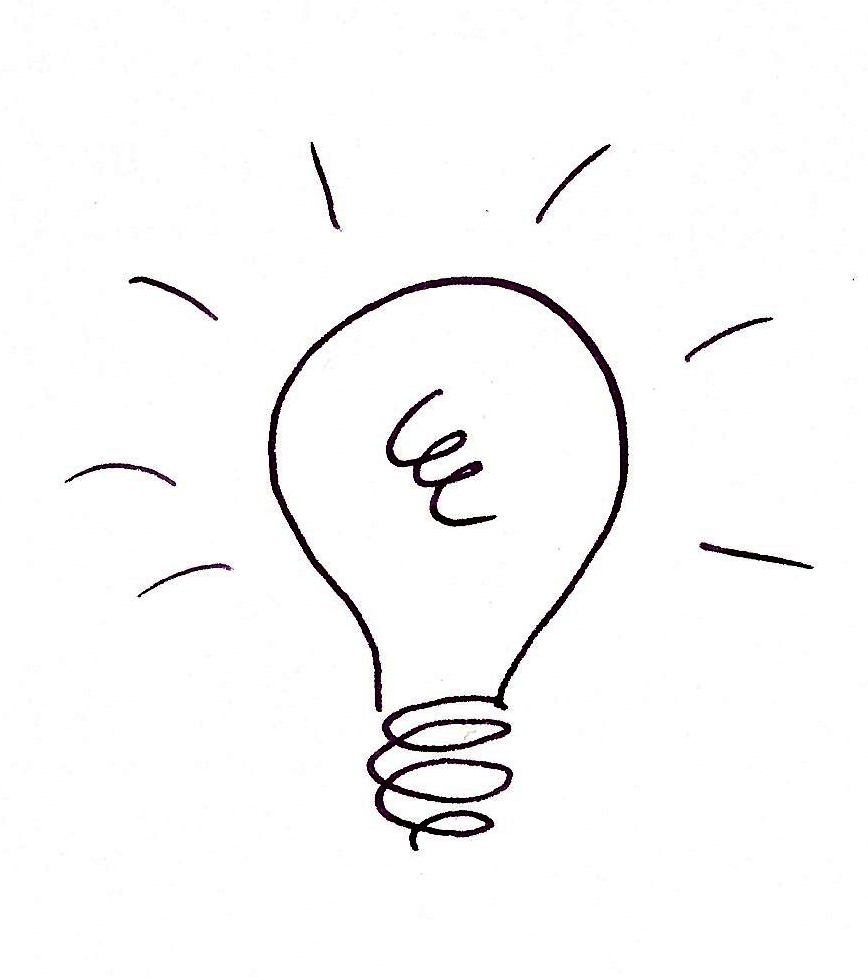
Those of you who have sold to enterprises may be very familiar with a selling approach popularized in a book by Michael Bosworth called "Solution Selling: Creating Buyers in Difficult Selling Markets" which discusses how important it is to establish the pain that a prospect may be feeling and to make sure that prospects are made to 'wallow' in that pain. This approach means that you establish empathy with your target buyer and then create a contrast when your solution is revealed and addresses all of the pain points the prospect has indicated are particularly onerous.
The implementation of this approach in presentations is often done by having a slide which lists all the problems, followed by a slide which lists all the benefits of the solution and possibly in between there are some mapping slides, maybe even some animation and arrows. This is all very useful in the overall sales process but there is a more nuanced way to show contrast and in future posts I will discuss presentation structures that help with this (for instance Duarte Design's approach overviewed in this earlier post), but today I just want to focus on types of contrast and how you can incorporate those into your existing presentations today.
So we're on the same page, why is contrast important? In today's world people are faced with multiple choices - in fact we are bombarded all the time, the only way the human brain can comprehend all of these inputs and messages is by looking for the differences between things - this is the basis of differentiation. So when you are presenting about a topic or a product it is important to help people join the dots, differentiated facts are important but so is the way in which you contrast the status quo with the future way of doing things, the greater the contrast the more connections are made and the process of selling your idea becomes easier. The more times you contrast and the more ways in which you establish contrast the greater the engagement with your audience.
Consider this research published in the American Journal of Sociology in 1986 by John Heritage and David Greatbatch: Generating Applause: A Study of Rhetoric and Response in Party Political Conferences, which studied why some speeches resulted in total silence and others received applause, their conclusion, which is also described in Resonate, based on analysis of nineteen thousand sentences is that contrast plays a critical role. In half the instances where the audience applauded the speaker was communicating a contrast.
Directly from Resonate:
To refine your presentation with contrast shut off powerpoint and do some brainstorming. Write down ideas which express the status quo and next to them what could be:
- Staus Quo - What could be
- Past/Present - Future
- Pain - Gain
- Problem - Solution
- Roadblocks - Clear sailing
- Resistance - Action
- Impossible - Possible
- Need - Fulfillment
- Disadvantage - Advantage or Opportunity
- Information - Insight
- Ordinary - Special
- Question - Answer
These ideas should help you trigger changes to you presentation. In addition to these elements its also important in the delivery to access emotional contrast. Analytical slides - lots of charts and gaps, diagrams, facts often have little or no emotional content. By alternating with more emotional ways to tell your story you can engage the audience and make many more connections.
Intersperse the following types of emotional content, in fact convert some of your existing analytical slides to slides that convey:
- Biographical or fictions stories
- Analogies, metaphors, anecdotes, parables
- Use props or demonstrations
- Shocking or scary statements
- Evocative images
- Surprises
- Suspenseful reveals and sometimes humour
Then make sure in the flow of your presentation you are balancing out your analytical slides with your emotional contrasting slides. By reimagining your current presentation by incorporating contrasting ideas and contrasting emotional content you can make better connections with your prospects and speed up the selling of your ideas.
Related articles
- Resistance helps you sell faster (reimaginestrategy.com)
- You have the power to change the world (reimaginestrategy.com)
- The renaissance of selling your idea (reimaginestrategy.com)
- Adding drama to your presentation helps you sell faster (reimaginestrategy.com)

